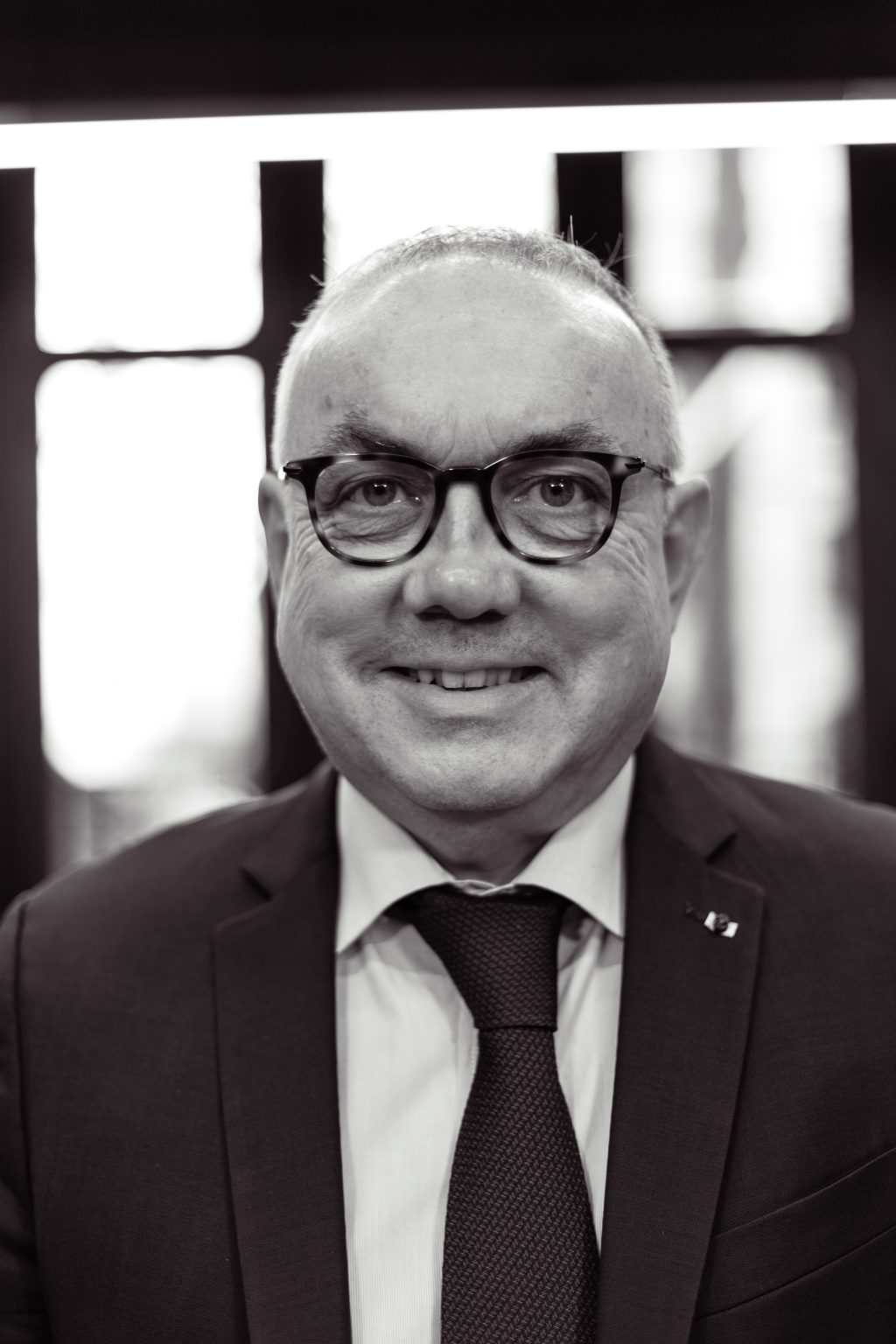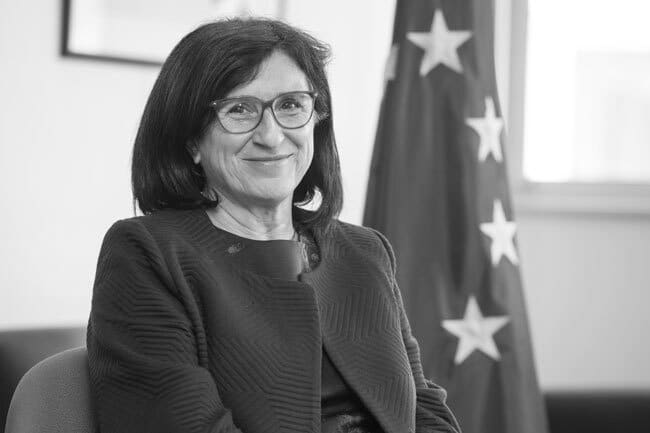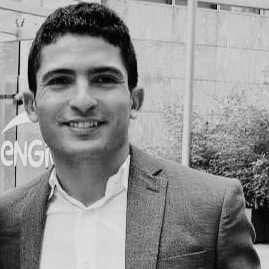Jean PEYRONY Director General, MOT [vc_btn title= »Télécharger l’article » style= »outline » color= »blue » align= »right » i_icon_fontawesome= »fa fa-file-pdf-o » add_icon= »true » link= »url:http%3A%2F%2Fconfrontations.org%2Fwp-content%2Fuploads%2F2017%2F01%2FEN-Interface-106-ILT-p12.pdf||target:%20_blank »] The needs of functional regions straddling borders (employment areas providing public transport for cross-border workers) and cross-border economic regions (high SME-research collaboration potential) cannot be satisfied by the institutions in charge of territorial development, which are limited by national frameworks. In the Greater Geneva cross-border metropolis (FR-CH), for example, there is no single public institution with the competence to alone manage public transport or cluster policy, unlike in metropolises located in a national territory. The same applies to infrastructure and facilities situated within a territory but along a border and intended to be shared or used by a cross-border public, as a result of which they are considered cross-border public goods. The Mission Opérationnelle Transfrontalière, or MOT (1), has identified over 90 projects at France’s borders either involving infrastructure or facilities or softer projects (research,
Ce contenu est réservé aux abonné(e)s. Vous souhaitez vous abonner ? Merci de cliquer sur le lien ci-après -> S'abonner












